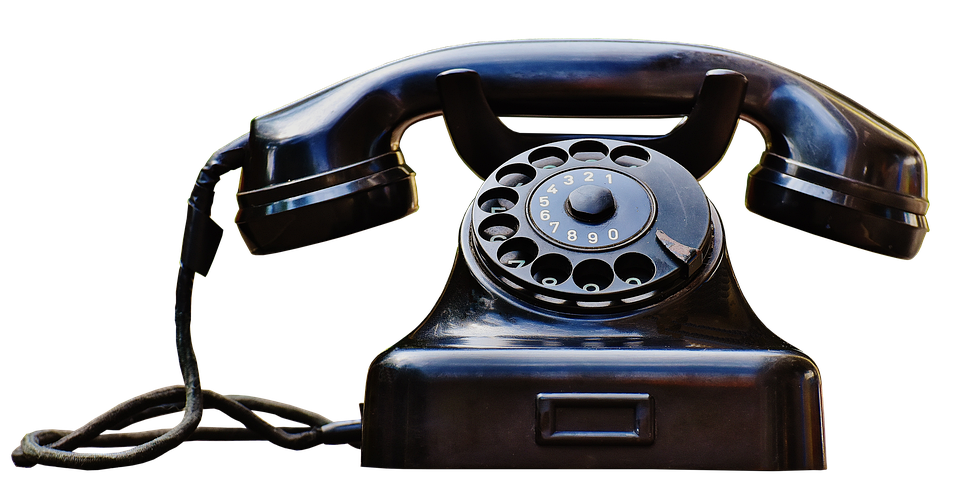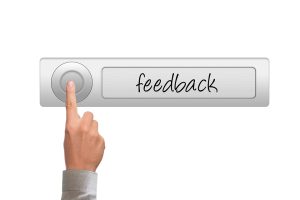Title: 10 Best Practices for Writing Effective Email Copy
Email marketing is a widely popular tool for businesses to connect with their customers and capture leads. However, creating an effective email takes more than simply typing up a message and pressing send. There are certain techniques you can use to ensure that your email copy grabs the reader’s attention, delivers value, and converts. In this article, we’ll share with you 10 best practices that will help you write compelling and successful emails.
H1: Keep It Short and Sweet
The first rule of writing effective email copy is keeping it short and sweet. Your readers are often busy and don’t have the time to read lengthy emails. Try to keep your emails under 200 words, conveying your message in a concise and clear way.
H2: Craft a Compelling Subject Line
The subject line is the first thing people see when they receive your email. A weak subject line could lead to lower open rates. A good subject line should be catchy, short, and clear about the email’s content. Use action words and try to convey a sense of urgency or curiosity.
H2: Personalize Your Email
Personalization is a crucial aspect of effective email copy, as it helps in building a connection with the reader. Address them by their name and use their previous purchase or interaction history to tailor your message to their needs.
H2: Use Eye-Catching Images
Images are a great way to break the monotony of plain text and grab readers’ attention. Make sure to use high-quality images that are relevant to the content.
H2: Use Clear and Simple Language
Avoid using jargon, technical terms, or complicated language, which could confuse your readers. Keep your language simple, concise, and jargon-free, making it easy to understand and follow through.
H2: Focus on the Benefits
When crafting your email copy, focus on the benefits your product or service offers. Highlight how it solves the reader’s problem and helps improve their life. People are more interested in the value they can get than the features.
H2: Create a Clear CTA
Your Call-To-Action (CTA) is the next step you want your reader to take. Make it clear, concise, and actionable, leading people to follow through the desired action.
H2: Segment Your Email List
Segmenting your email list means dividing it into smaller groups of people who share similar interests or needs. This allows you to tailor your email message for each group, ultimately delivering more personalized content that resonates with them.
H2: A/B Test Your Emails
A/B testing involves sending different versions of your email to a small group and analyzing which version generates the most engagement. Experiment with your email subject lines, CTAs, or message content, and track your results to improve your emails’ effectiveness.
H2: Analyze Your Results
Analyze your email data to track the email’s performance, which includes open rate, click-through rate, and conversion rate. Use this data to identify areas of improvement and refine your email marketing strategy.
Conclusion:
Effective email marketing can be a highly rewarding tool for businesses that know how to use it. By following the above-listed best practices for email writing, you can create a more engaging, personalized, and valuable email for your readers. With time and practice, you’ll find the right tone, style and message that will help improve your email marketing conversions.
FAQs:
1. Q: What are the best practices for writing email copy?
A: Keep it short and sweet, personalize it, use eye-catching images, focus on benefits, and use clear and simple language.
2. Q: What is the importance of a clear CTA in email copy?
A: A clear CTA informs the reader what the next step should be and encourages them to take action.
3. Q: What is email list segmentation, and how does it help?
A: Email list segmentation is dividing your email list into smaller groups of people who share similar interests, allowing you to create more personalized content for them.
4. Q: Why is A/B testing essential for email marketing?
A: A/B testing helps identify which elements of your email are working and what needs improvement. It ultimately helps in improving email effectiveness.
5. Q: What are the metrics used to analyze email performance?
A: The metrics used to analyze email performance are open rate, click-through rate, and conversion rate.






